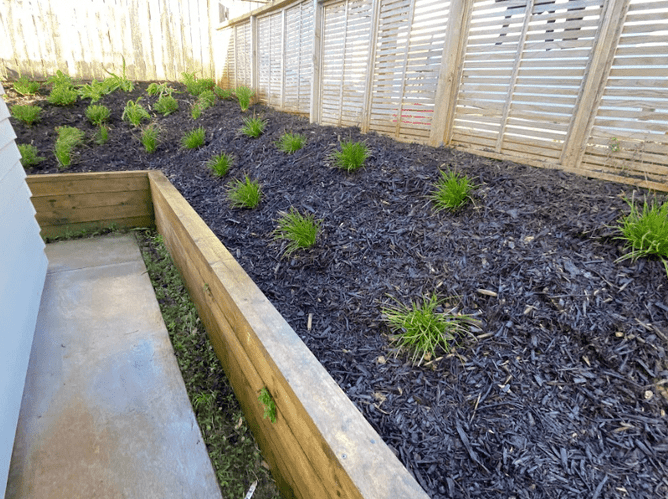Preparing Your Soil for Spring
Spring is just around the corner, and it's time to prepare your garden beds for the new planting season. A little preparation now will ensure your garden is ready to burst into life when the warmer weather arrives. One of the most effective ways to get your soil in top shape is by top dressing with organic matter. This method not only enriches the soil but also helps to suppress weeds, creating an ideal environment for your plants to thrive.
Top Dressing Your Garden Beds
Top dressing is a simple yet powerful technique that involves adding a layer of organic material to the surface of your garden beds. Here’s how to do it:
Choose Your Organic Matter: Compost, well-rotted manure, and seaweed are all excellent choices. These materials are rich in nutrients and will break down over time, feeding your soil and plants.
Apply the Top Dressing: Spread a layer of your chosen organic matter over the surface of your garden beds. Aim for a depth of about 2-3 inches. As a top dressing, this layer will also act as a mulch, helping to retain moisture and suppress weeds.
Leave It Undisturbed: Resist the urge to dig the organic matter into the soil. By leaving it on the surface, you preserve the complex soil ecosystem that is crucial for healthy plant growth.
Preparing Existing Garden Beds
Preparing Existing Garden Beds
For established garden beds, the process is slightly different but just as beneficial:
Weed Your Beds: Start by thoroughly weeding your garden beds. Removing weeds will ensure they don't compete with your plants for nutrients and water.
Add Organic Matter: Spread a layer of compost or well-rotted manure over your weed-free garden beds. Again, aim for a depth of about 2-3 inches.
Avoid Digging: It might be tempting to turn the soil and mix in the organic matter, but this can disrupt the delicate soil ecosystem. Instead, let nature do the work. Earthworms and beneficial insects will help incorporate the nutrients into the soil over time.
Benefits of Top Dressing and Minimal Disturbance
There are several key benefits to this approach:
Nutrient Enrichment: Organic matter provides essential nutrients that plants need to grow strong and healthy. As the material breaks down, these nutrients become available to plant roots and beneficial microorganisms.
Soil Structure Improvement: Adding organic matter improves soil structure, enhancing its ability to retain moisture and promoting good drainage.
Weed Suppression: A layer of organic matter acts as a natural mulch, helping to suppress weed growth and reducing the need for weeding.
Preservation of Soil Ecosystem: By avoiding deep digging, you preserve the complex network of roots, fungi, and microorganisms that make up a healthy soil ecosystem. This network is vital for nutrient cycling and plant health.
Tips for Success
Regularly Reapply: Organic matter breaks down over time, so it’s beneficial to top dress your garden beds regularly, ideally once or twice a year.
Monitor Moisture Levels: Keep an eye on soil moisture, especially during dry spells. While top dressing helps retain moisture, additional watering may be necessary to keep your plants happy.
Rotate Crops: If you’re growing vegetables, practice crop rotation to prevent the buildup of pests and diseases in the soil.
In conclusion, preparing your soil for spring through top dressing with organic matter is a simple yet effective way to ensure a healthy, productive garden. By enriching the soil, suppressing weeds, and preserving the soil ecosystem, you’re setting the stage for a bountiful growing season. Happy gardening!


